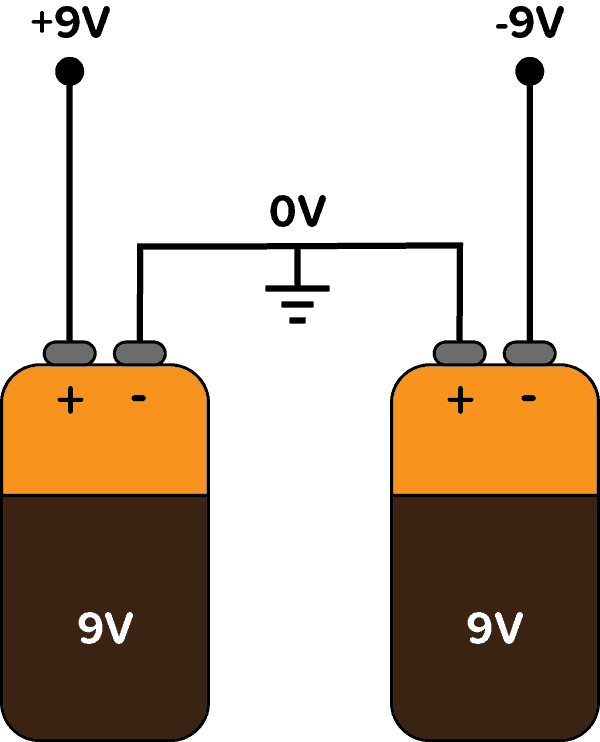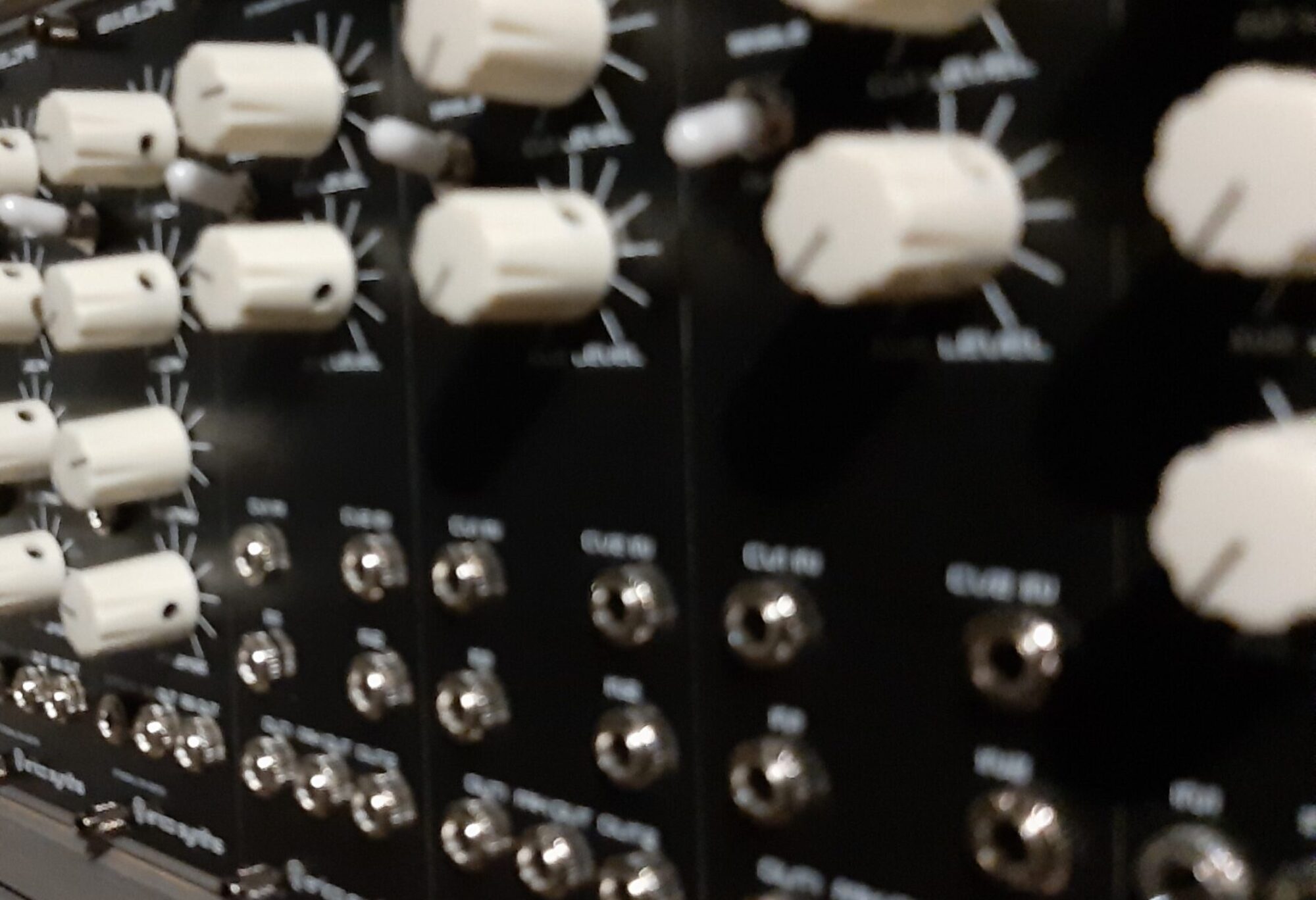Sometimes I get a question and have to remember myself that a lot of things about eurorack aren’t that simple as it seems. I think everybody has this problem, when you are doing something a lot you will lose sight of the basics, you grow, learn and know things.
But when you just get started it seems overwhelming, those basics are hard to grasp. So this is a post about some basic’s, about a clock and a sequencer and voltages
This will be a quick write up, if you want to learn a whole lot more I can recommend the book Patch and Tweak, not the cheapest but really nice to read.
Eurorack works with voltages. Most eurorack if not every eurorack works with 12volts, 0 volts (ground) and negative 12 volt. The first thing that might sound strange is negative voltages. Most people know about voltage, everybody has used a battery for something electronic in there life but how to produce negative voltages.
I could write a whole essay about it (or maybe not) or I could explain that voltage is relative to your measuring point. Maybe it is better to provide you with a link that explains it quite easy.
https://www.build-electronic-circuits.com/what-is-negative-voltage/

Most euroracks don’t run on batteries, the use a PSU (Power Supply Unit). These PSU’s provide -12, ground and +12 voltages. This gives a range of 24 volts to work with.
The PSU provides the modular synths modules with power to do what they need to do, produce a LFO, run a clock, an sequencer, an oscillator or something else.
So without explaining every module there is, I will try to explain the function of a clock compared to an sequencer. Lets start with the sequencer.
The sequencer is something like a piano player. It’s a module that can produce the voltages needed to play a note in a pitch like C, F, G# or something in between. Most sequencer have a tempo or can get there tempo from an other module (more on that later this post) When a sequencer has it’s own tempo it will play in the tempo you set it with.
The sequencer can be programmed to play notes, in a tempo for a X amount of steps. Then it goes back to the first step and starts playing the notes again. So the piano player plays a loop, a small melody in the tempo you set it to play.
So now the piano player is making music and playing a melody, But what happens if we want a bassist to play along with the piano man?
We need a second sequencer for the bassist. We program it to play a second melody with notes probably lower then the piano notes (in the range of the bass). This can still be notes like C,F, G# or in between. But probably an octave lower or maybe even two octaves.
Here come the voltages again. lets say for the case of argument a C note = o volt a F note might be 0,56 volt, When we send 1 volt it might be C again but this time a octave higher.
Back to the bassist and the piano man. They can both be set in a tempo, might even be the same tempo. They both play there melodies and make music together. But what if they run out of sync, whom is going to decide if the bassist needs to go faster or the piano man? How will they know when to start and when to stop.
Here come the conductor. Like any orchestra there is this women or men that conducts. It tell a section when to start, how fast and when to stop. In eurorack this is a clock. It send a voltage pulse every now and then to the modules. Letting them know this is the tempo the clock is running at. All modules get a clock pulse at the same time.
Some modules and clock have a reset. So when things get out of hand it can reset. Go back to the beginning of the melody, start from there in the tempo the conductor tells the modules.
So when you only need a piano man, or a bassist a clock is not needed. But when you want to keep things in sync, you need something to run as a clock. Some sequencers have a clock out. Then the piano man can tell the bassist the tempo he/she is playing in. But sometimes you want a delicate module to run as a clock.
Did I tell you about the drummer that wanted to play with the piano man and bassist? A drummer might not even need pitch notes. A drummer just wants to know when to hit he drums. (a trigger sequencer or special clock).
I hope this helps with the understanding on a clock and a sequencer. If you still have question please use the comment or contact form. And let me know
